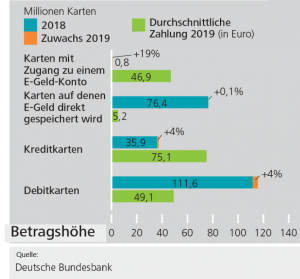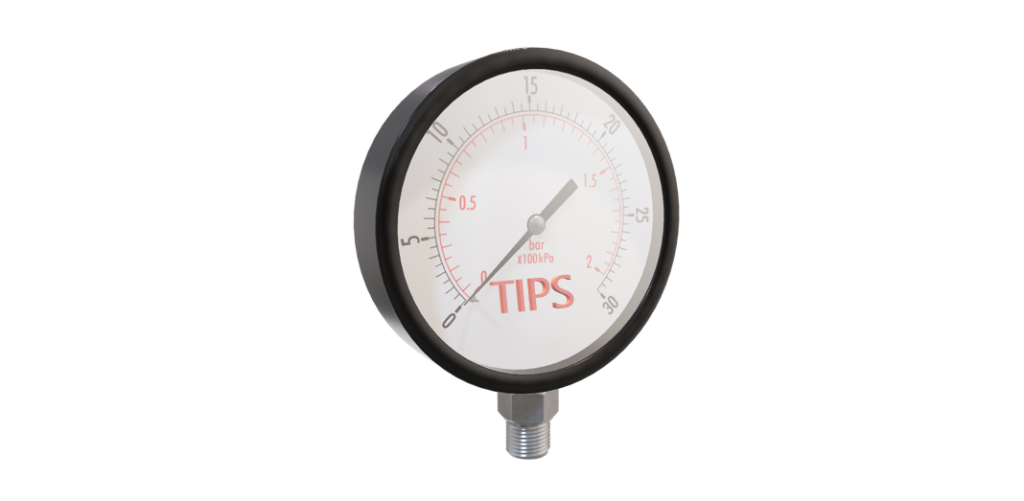An article by
Andreas Wegmann
Published on
08/04/2021
Updated on
08/04/2021
Reading time
2 min
SEPA payment transactions as a strategically critical EU infrastructure
Payments are undoubtedly essential to a thriving economy. Since the NSA affair, it has been clear that the US is closely monitoring SWIFT payments around the world. It remains to be hoped whether the data will “only” be used to combat terrorism. The risk of abuse is significant.
It is even more critical for a country or the EU if the technical infrastructure of financial services (e.g. credit cards, PayPal, etc.) could be completely blocked by another country at any time. Disruptions in the flow of payments result in chain reactions that are difficult to control. The EU must therefore strive for sovereignty over the financial infrastructure, at least in its “own business area”.

(provided in German only)
SEPA Payment Transactions Innovation Request to Pay
With the introduction of the euro and SEPA, the EU has created a basis for its own, uniform monetary transactions. Another expansion stage is SEPA instant payments.
The acceptance of this infrastructure cannot be based on the patriotism of consumers, companies and banks of course. New solutions must offer advantages to all paricipants. With SEPA Request to Pay, an important building block is currently being developed that has the potential for fundamental changes in payment transactions, because the authorization of a payment only takes place “in the bank account”.
In other words, SEPA banks will no longer have to rely on subsystems such as Visa, Mastercard or girocard when their customers go shopping. A payment process is similar to a credit transfer in the banking app and works without cards, card terminals or network operators. The entire network of intermediaries can be omitted and makes payment “more direct”, i.e. also easier, faster and cheaper.
The proxy lookup service will also be an important addition to Request to Pay, as it further increases the convenience for the user and the automation options for companies.
SEPA – the only connection from IBAN to IBAN?
It will certainly take some time until the SEPA services work across the board and smoothly in the EU. Many banks will also be reluctant to make the necessary IT investments, especially because they also earn money from the intermediary systems. Ultimately, however, banks become completely interchangeable if they only act as “money containers” behind Apple Pay & Co. Apparently, the major European banks have therefore decided to act (see EPI).
Companies are used to paying fees to intermediaries. If comparable or better services are offered by the house bank, subsystems are no longer necessary (e.g. acquirers) and payment processes are accelerated and simplified. Paying via SEPA will undoubtedly also be much cheaper as it is a service of the Eurosystem. SEPA is part of the infrastructure of the EU and there are no shareholders expecting dividends.
As with any payment method, consumer acceptance is ultimately decisive. The SEPA banks must therefore offer the functionality in their banking apps in a user-friendly manner. The budget for this could be shifted from one’s own national sub-systems or the association solutions.
Share




